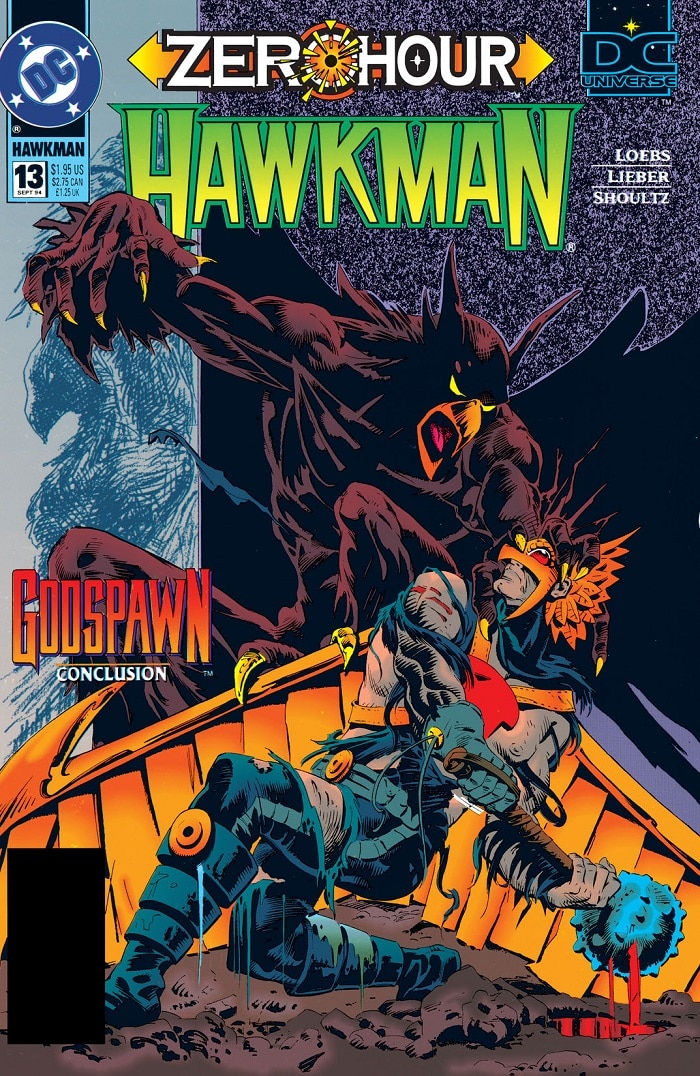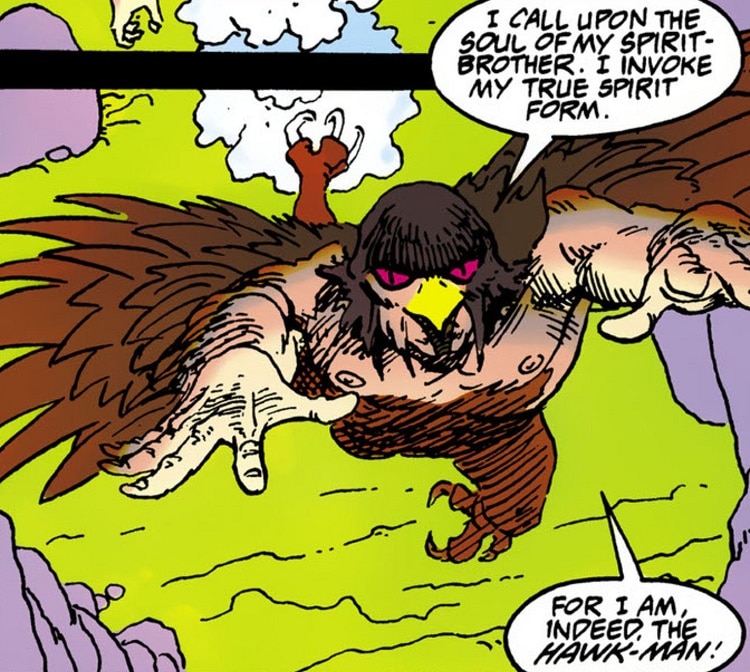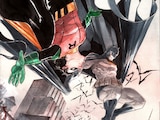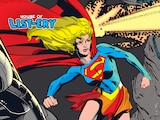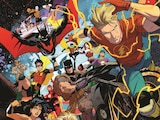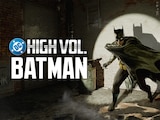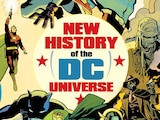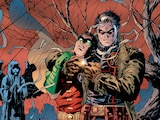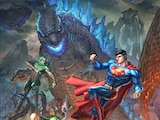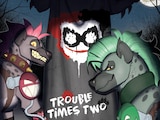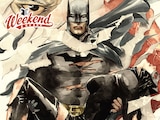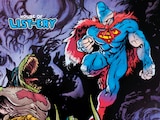Every November, Native American Heritage Month gives us all a necessary reminder to check in on what it truly means to call something “American.” It’s a time to take stock of the nations of peoples which have inhabited and nurtured this land for thousands of years, and whose strength and abundance of character continue to help define our collective culture. They say that comics are the quintessential American art form. But for all the ways it’s been shaped by the immigrants to America who adopted the land as their own, it would ring hollow to call the medium “American” without the perspectives, traditions and representation of the nations who have always made this land their home.
Native American heroes are tragically scarce in mainstream superhero comics. They’ve had a presence in the annals of DC history through its western titles, like Tomahawk and Ohiyesa Smith, and as representatives on diverse superhero teams, like Dawnstar in the Legion of Super-Heroes, Owlwoman in Justice League Europe and Black Condor in the Freedom Fighters. But throughout DC history, it’s been unheard of for a Native American character to lead their own ongoing comic book title as an A-Lister on the forefront of the superhero line.
Except once. And it’s someone you may have seen as recently as in the latest live action DC movie, Black Adam.
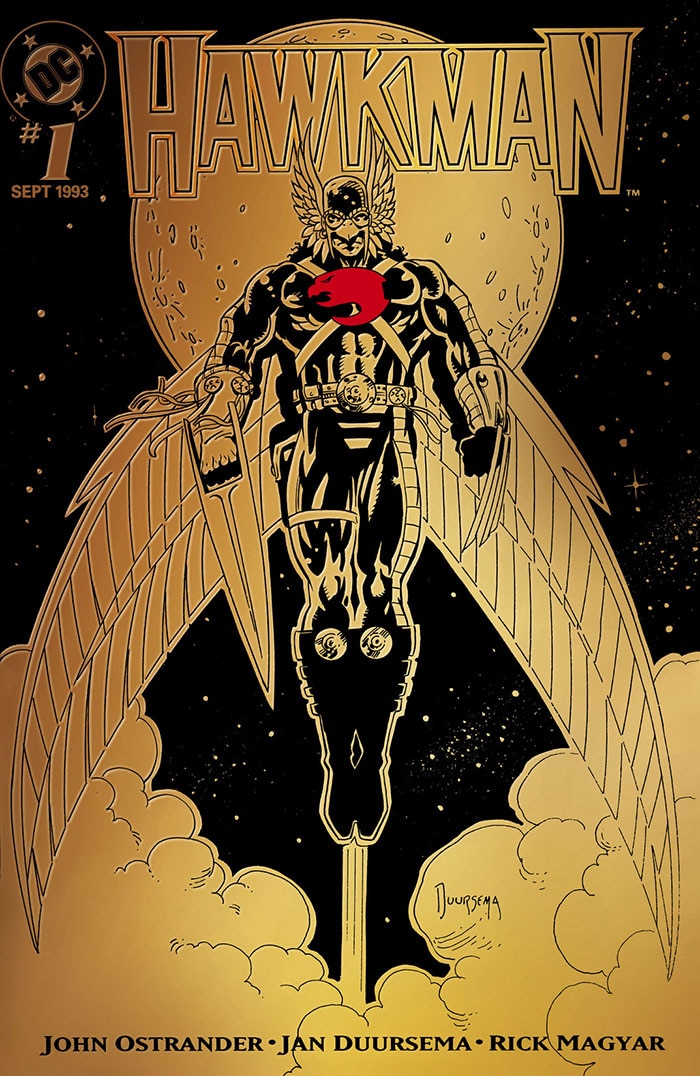
In 1993, Hawkman was granted his own ongoing title off the heels of the Hawkworld series, which redefined the character’s alien origins on the planet Thanagar and its complex, problematic culture he would reckon with. Launched through a miniseries by Tim Truman, Hawkworld was continued by legendary writer John Ostrander. For his last word on the character, the first six issues of the new Hawkman comic, Ostrander made a choice to ground his own vision of the winged hero with a closer connection to his new homeworld of Earth.
Ostrander, a white American Catholic by birth, had always made an effort to break out from his own cultural barriers to expand the diversity of the DC Universe whenever he could. Many of the global characters he created for his Suicide Squad run have been a part of the world up through the recent Doomsday Clock series.
Ostrander’s personal involvement and history with Native American peoples is unknown, but it’s easy to imagine that in researching cultures with a symbological resonance to the hawk, he would encounter the stories and traditions of the Anigiduwagi people. The Anigiduwagi nation, as they refer to themselves, is more commonly referred to as the Cherokee Nation, likely recognizable as the largest indigenous nation by membership within the United States. Traditional Anigiduwagi stories place great importance on hawk spirits, as denizens of the Upper World who guide hunters and warriors against their enemies and obstacles, represented by serpents of the Lower World. Some speculate this tradition is based on the propensity of the red-tailed hawk to hunt rattlesnakes throughout North America, despite a lack of immunity to their venom. No bird of prey is more courageous.
In his six issues of Hawkman, Ostrander introduces us to Anigiduwagi medicine woman Naomi Carter, known to her people as “The Faraway Woman.” In his final issue, Hawkman #6, we discover why. During this period of Hawkman’s history, there were a few active Hawkmen. One was the Thanagarian Katar Hol, who recently arrived on Earth in Hawkworld. Another, Carter Hall, was the reincarnated Prince Khufu and charter member of the Justice Society of America, who with his wife Shiera worked in their civilian lives as archaeologists. As a young woman, Naomi acted as a translator and guide to Shiera and Carter, helping them avoid sacred burial grounds and assisting them in returning misplaced or stolen artifacts to their rightful people.
Through the Halls, Naomi met a man named Perry Carter—in truth, a Thanagarian visitor to Earth named Paran Katar. The two fell in love and eloped to Thanagar, in defiance of Naomi’s parents and in deception of Paran’s, who claimed that Naomi herself was descended from Thanagarian colonists on a distant world.
This should have been the first red flag. The hatred, classism and xenophobia of Thanagar proved to be a nightmarish distortion and exaggeration of our world’s own, and no place that Naomi wanted to raise the child she was now bearing. Paran pretended to understand…until the day their son, Katar Hol, was born and Paran banished Naomi back to Earth without her child. Paran told his family that Naomi had died in childbirth, leaving her abandoned and alone.
Now without the family she had left her world to be a part of, Naomi found solace among her own people. She reconnected to her Anigiduwagi traditions and became a renowned medicine woman and was called the Faraway Woman for her experiences across the stars.
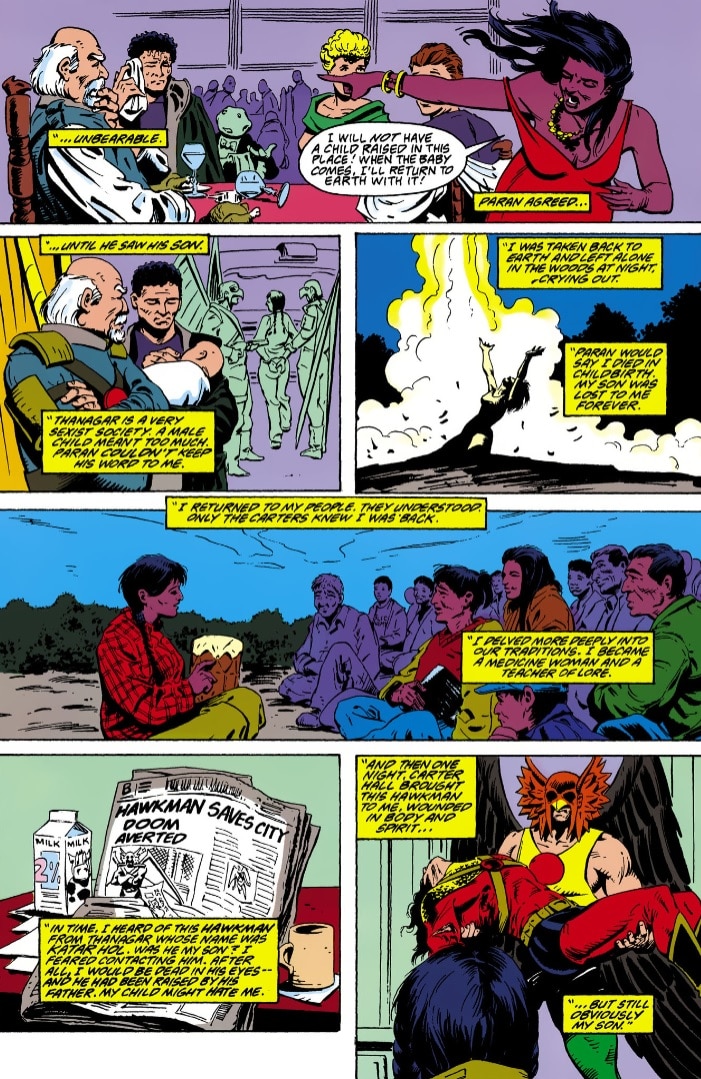
Only Carter and Shiera knew the full truth of what had happened to Naomi. When Katar came to Earth, Naomi avoided him for fear that he had grown to be like his father and taught to hate her. But when Katar was nearly killed by the netherworld-dwelling Count Viper, Carter brought his shared namesake hero to the only woman who could restore him.
Under the Faraway Woman’s care, Katar Hol was restored not just in body, but in spirit, connecting to his Anigiduwagi heritage through the hawk spirit. Rediscovering his own lost Shayera Thal in the process, Katar journeyed into the spirit world with Naomi’s guidance to vanquish Count Viper and reclaim his whole self. With this, Ostrander left his Hawkman, a fully realized child of Earth and Thanagar, in the hands of the next creative team to leave a mark on the storied hero of their own.
Seven issues later, the “Zero Hour” event would attempt to simplify the Hawkman history by creating a gestalt Hawkman of the prior bearers of the name into a nebulous Hawk God with no real connection to any sort of history or mythology. The story was eventually retconned to be tied to the backstory of Hawk, of Hawk and Dove, and left for a future writer to disentangle.
(An overtly Native American incarnation of Hawkman would be seen once more, in the 1997 Elseworlds story Justice Riders—with Katar Johnson, nation of origin unspecified, as an old ally of US Marshall Diana Prince who answers her call when rounding up a posse.)
That future writer wouldn’t come along until 2018, as Robert Venditti and Bryan Hitch relaunched the dormant Hawkman series for the modern era. It’s here we learn that all iterations of Hawkman, throughout history, are part of the same nonlinear resurrection cycle. Carter Hall and Katar Hol were always one and the same, manifestations of the same recycled soul at different points in their personal timeline, but coexisting at the same point.
When Hawkman is reawakened to all his past lives the Anigiduwagi origin and knowledge which Katar Hol once received once again became part of his history. Hawkman, more than any other DC hero, is a citizen of the entire universe. And that includes the six months when he represented the only Native American superhero to headline a flagship DC title.
We can’t say whether Hawkman will ever embrace his Anigiduwagi ancestry again—or even what ultimately became of the Faraway Woman. That’s a story for another Hawkman writer to tell someday. But after thirty years, we hope it won’t be too much longer before even just one of the many nations which have at least as much claim to America as its colonial adoptees are welcomed home within the DC Universe. After all, what’s the worth of a “Justice League of America” without the first Americans?
Alex Jaffe is the author of our monthly "Ask the Question" column and writes about TV, movies, comics and superhero history for DC.com. Follow him on Twitter at @AlexJaffe and find him in the DC Community as HubCityQuestion.
NOTE: The views and opinions expressed in this feature are solely those of Alex Jaffe and do not necessarily reflect those of DC Entertainment or Warner Bros.



